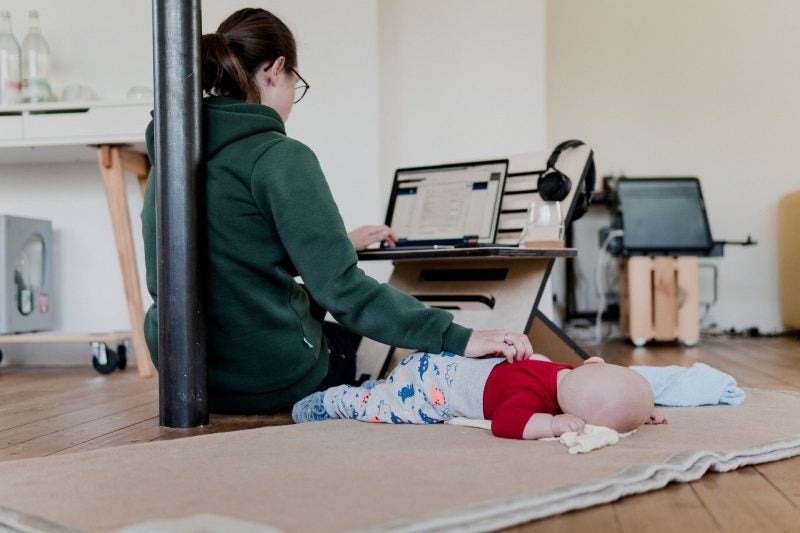2020 will be remembered for many things but among them it will be known as the year of working from home.

When the first lockdown was announced back in March of last year, all those who could work from home were requested to do so for the foreseeable future. As a result, almost 50% of people in employment were working from their own house in April 2020, the majority of those – 86% – were as a result of the pandemic.
Never had so many people done their job outside of the office – in fact, the Oxford English Dictionary was actually updated to include WFH, as a result.
Now, nearly a year on and with most of those people yet to step foot in their office at all, is this now just the future? Is this what our ‘new normal’ will actually look like?
Pre-pandemic employers may have been wary of their employees working from home. But, having been forced into remote working and getting around any initial hurdles – one thing this year has proved is that we don’t have to sat at a desk, in an office from 9 to 5, to do our roles efficiently.
So now, many employers are making the decision to allow their employees the opportunity to continue working in this way even once restrictions finally come to an end and employees could return to the office.

Google is just one of the businesses that has announced working from home will be the norm for its employees that wish to do so. Likewise, Twitter’s CEO Jack Dorsey said his employees have the option to work from home ‘forever’ too. While Alan Jope, chief executive of Unilever told The Guardian that being in the office five days a week “seems very old fashioned now.”
The employees themselves have expressed both pros and cons to WFH. Among the cons are missing the social side of the office and finding it harder to be creative because they can’t bounce ideas off each other as easily. While the pros include, not having to commute and getting to spend more time with loved ones.

This has been particularly beneficial for parents – many of whom have been campaigning for more flexibility in the workplace. While juggling homeschooling and working from home has been a challenge – they have seen the benefit of being a work-from-home parent.
According to a survey conducted by Legal & General, nearly three quarters of working parents would like to continue remote working, whether this is part-time or full-time, once restrictions have eased. Of those currently working from home, 54% found they were actually more productive and would like to get many of the benefits of being a stay-at-home parent without having to give up their career to do so.
While 2020 may not mean the death of the office and a complete move to working from home, one thing is for sure, the pandemic has changed the way we work forever. It has offered the best of both worlds – while some may be keen to return to the office and can do so when restrictions ease, those that want to continue to work from home, or at least have the flexibility of splitting their time between the two, will now have more opportunity to do so.
One good thing to come out of this incredibly difficult period, is this understanding that working from home doesn’t mean your employees will do less work – it actually often means the opposite. Making it a win-win for both employer and employee.

















